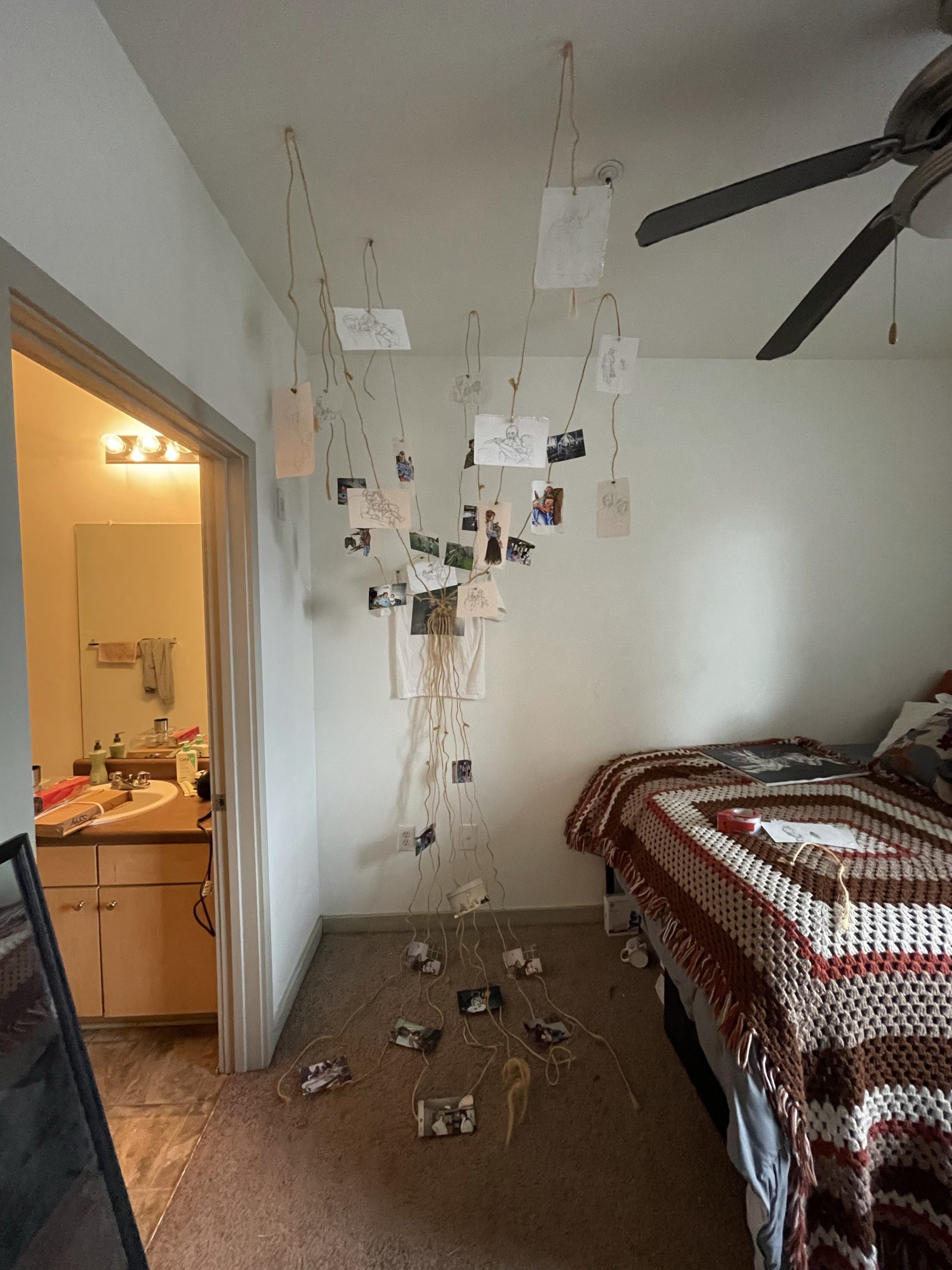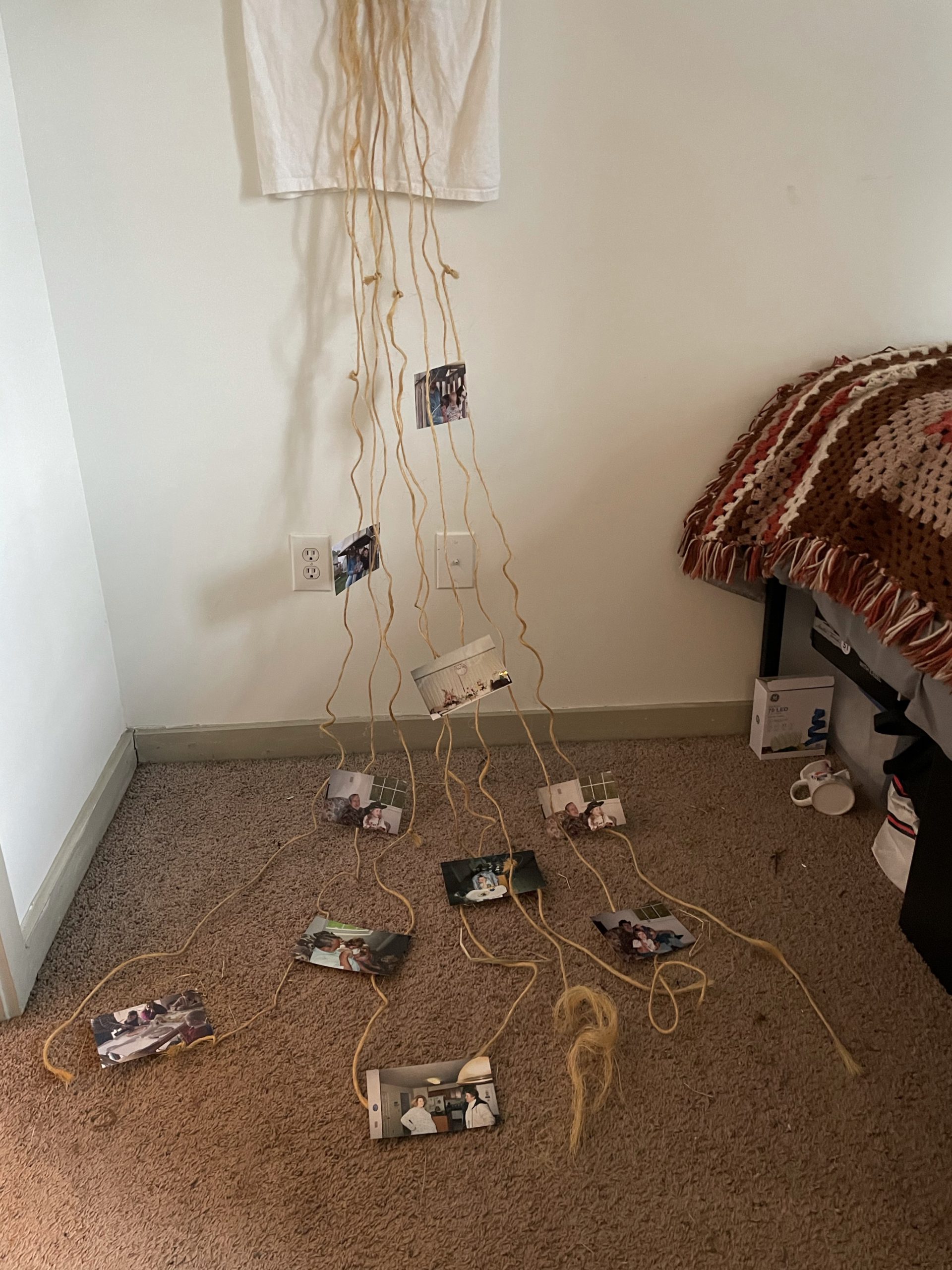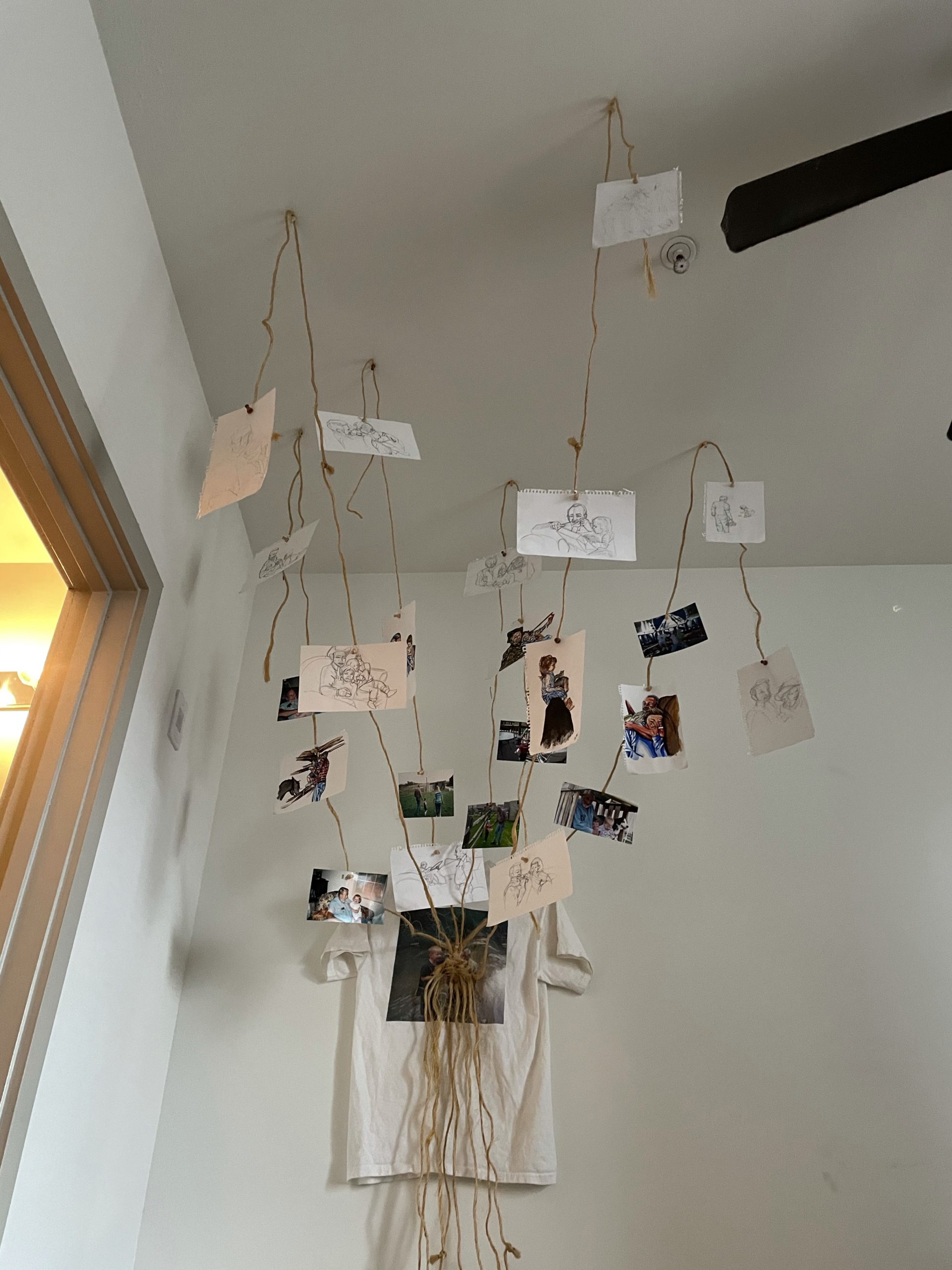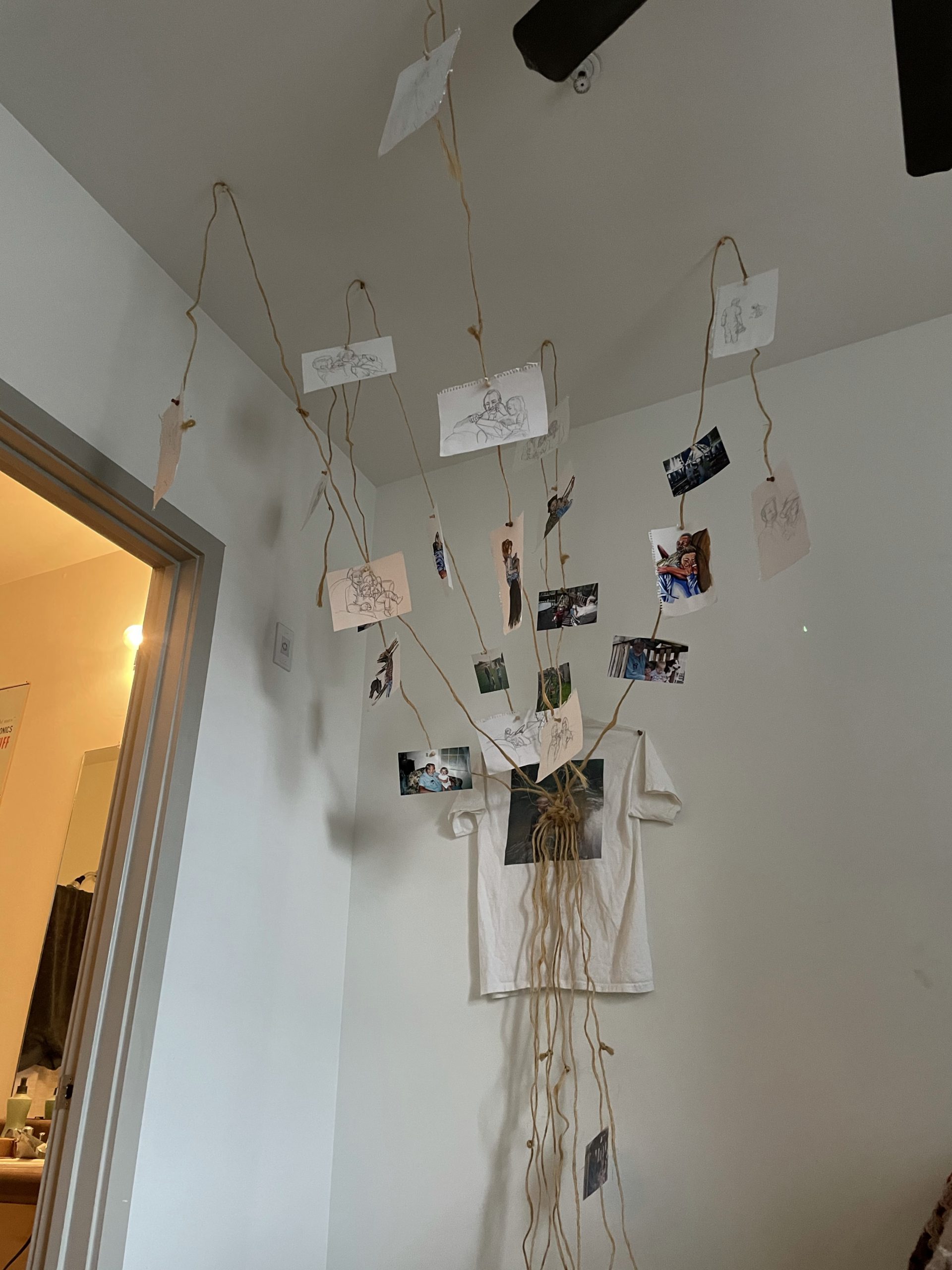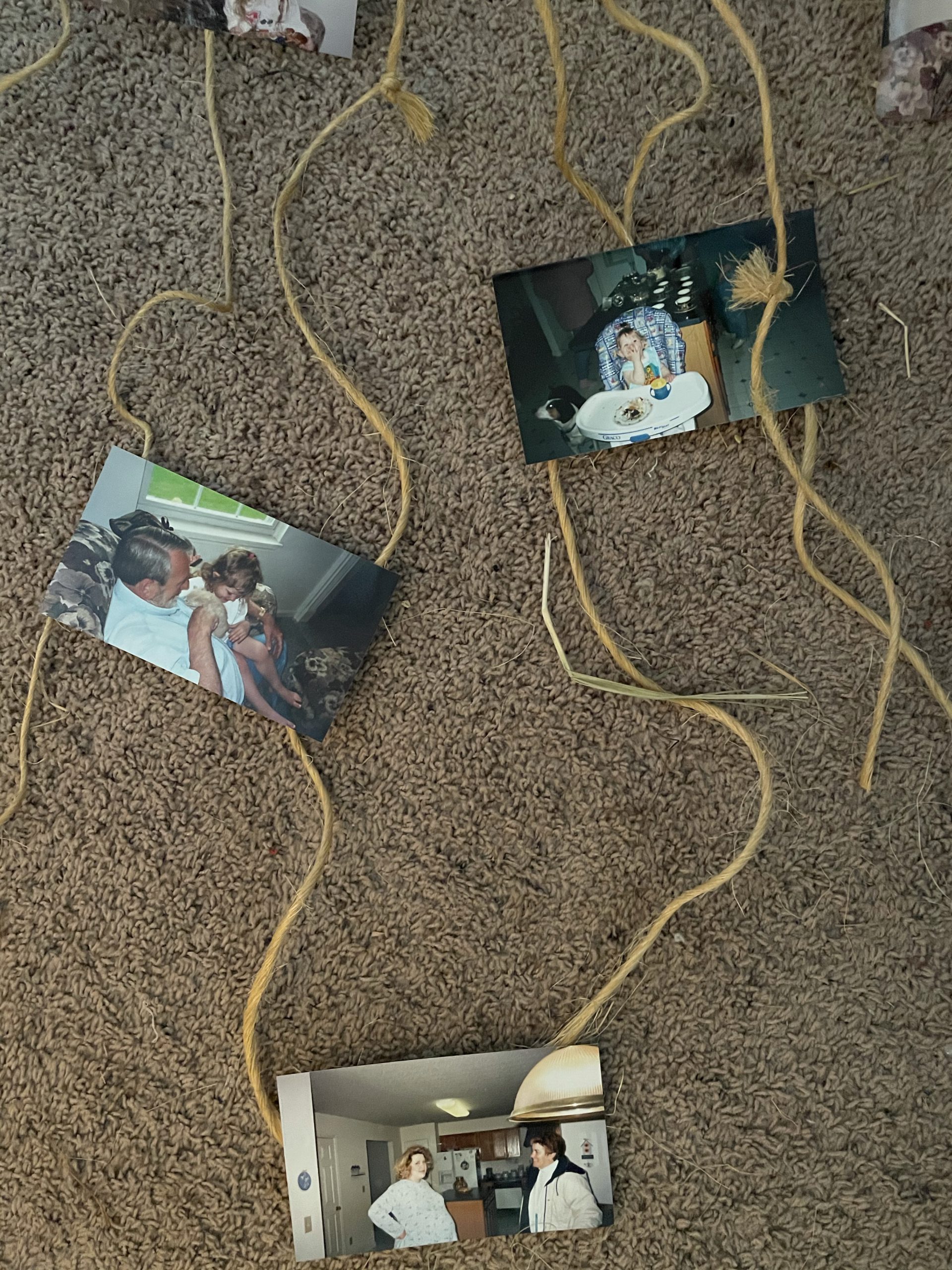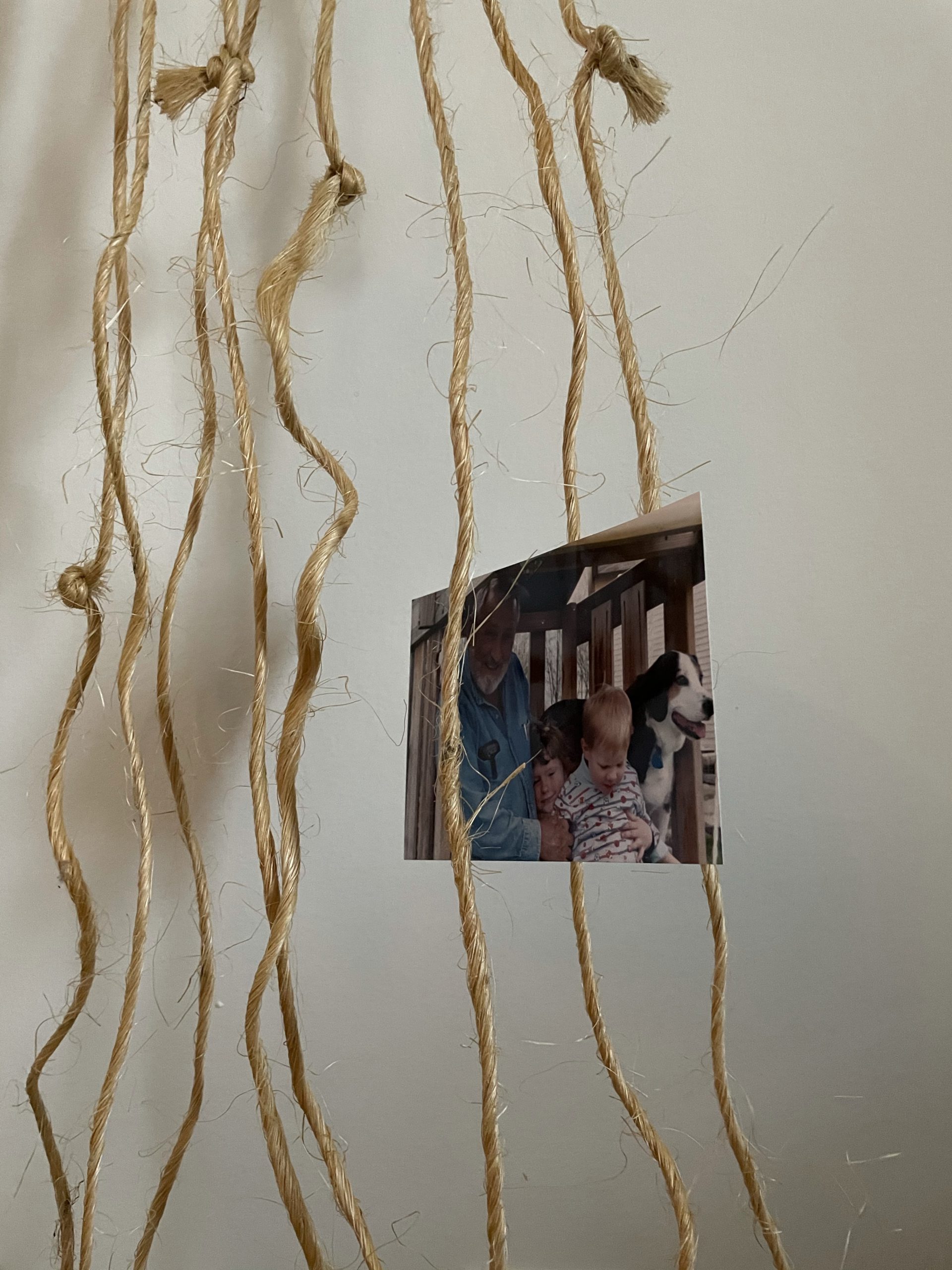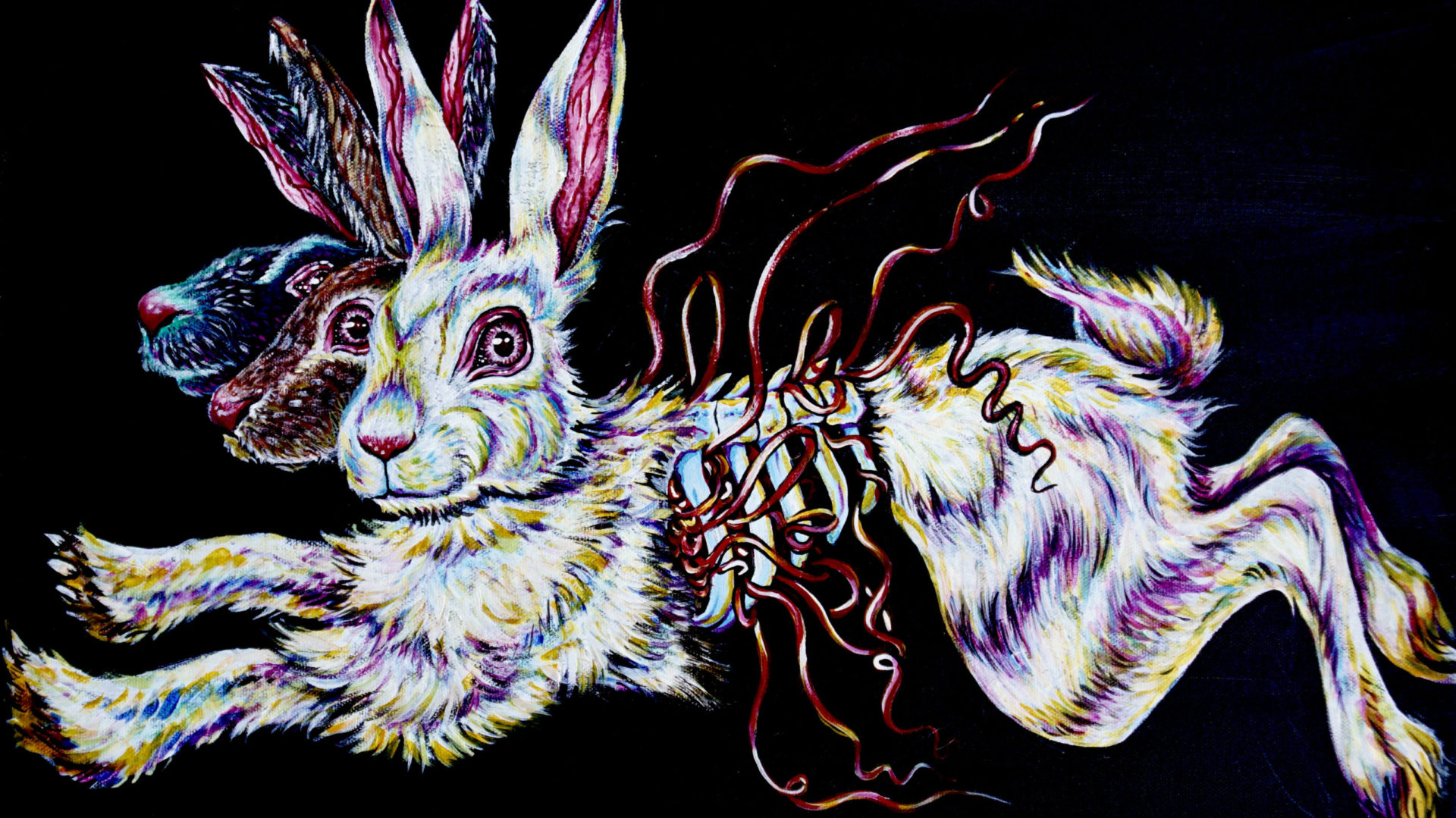Doorways.
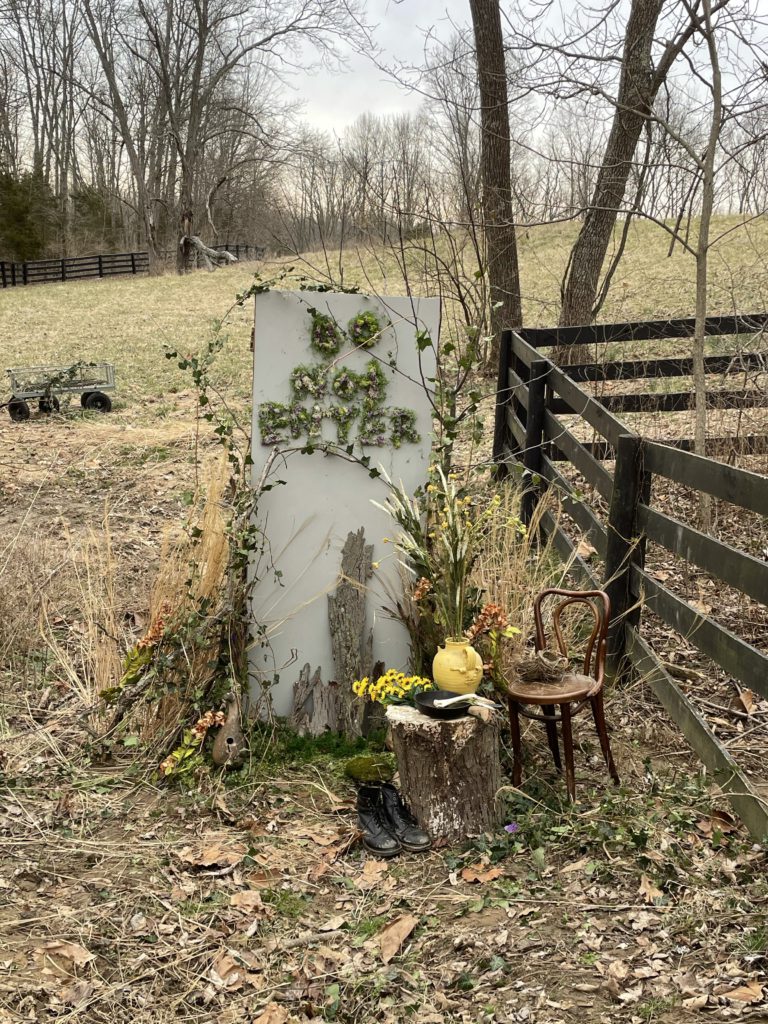
I created this sculpture with the intention of documenting a piece of my personal history, and how that history is intertwined within nature. Most of my childhood was spent outdoors on my parents farm, so I developed a close relationship with nature from very early on. There were many places out in nature that I felt were safe places, or even like my own world. The location on which this piece is built is one of those places. My brother and I used to spend amazing amounts of time in this specific horse pasture, swinging from a vine that used to hang from the tree right next to where this sculpture stands. I have an abundance of memories there, and through all of them there’s one thing that’s certain: it was our place.
I feel as though it’s no mistake that this place was also out in nature. I don’t think it could have taken place anywhere else and had the same effect. It was the gift of the vine and the tree and the pasture that made these memories and this bond between my brother and I, as well as the bond between us and our childhoods, possible. I feel as though nature time and time again provides me a feeling of sanctuary, and I think this is primarily due to this personal history that I’ve always had tied to nature. Now that I’m an adult, I still have this deep connection to the earth and being out in nature, and pretty much all of the best memories I have are me being out in the world and in nature, either by myself or with other people.
In relation to personal history and nature, I believe it is this very concept that can allow people to want to take care of our planet more and to try and save it from all of the things that are destroying it. I feel like since I have such a deep history with nature all throughout my life, it’s hard not to care about the earth. It makes me want to fight for ecological causes, and to conserve the place in which I’ve become to close to. I feel as though if we can promote people to go out into nature more and allow them the opportunity to develop their own personal history with nature, then perhaps we can begin to foster more awareness and urgency when it comes to taking care of our planet.
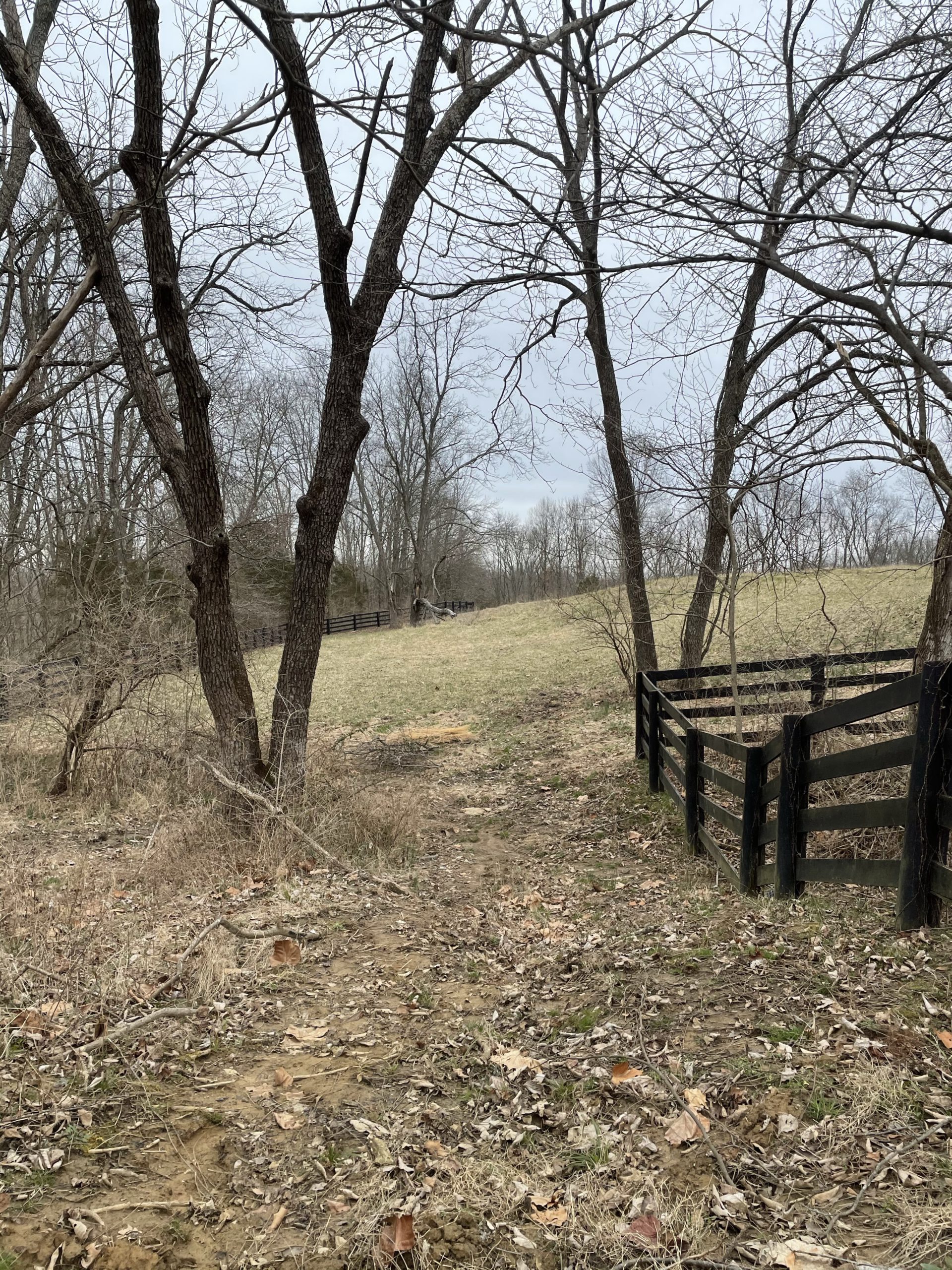
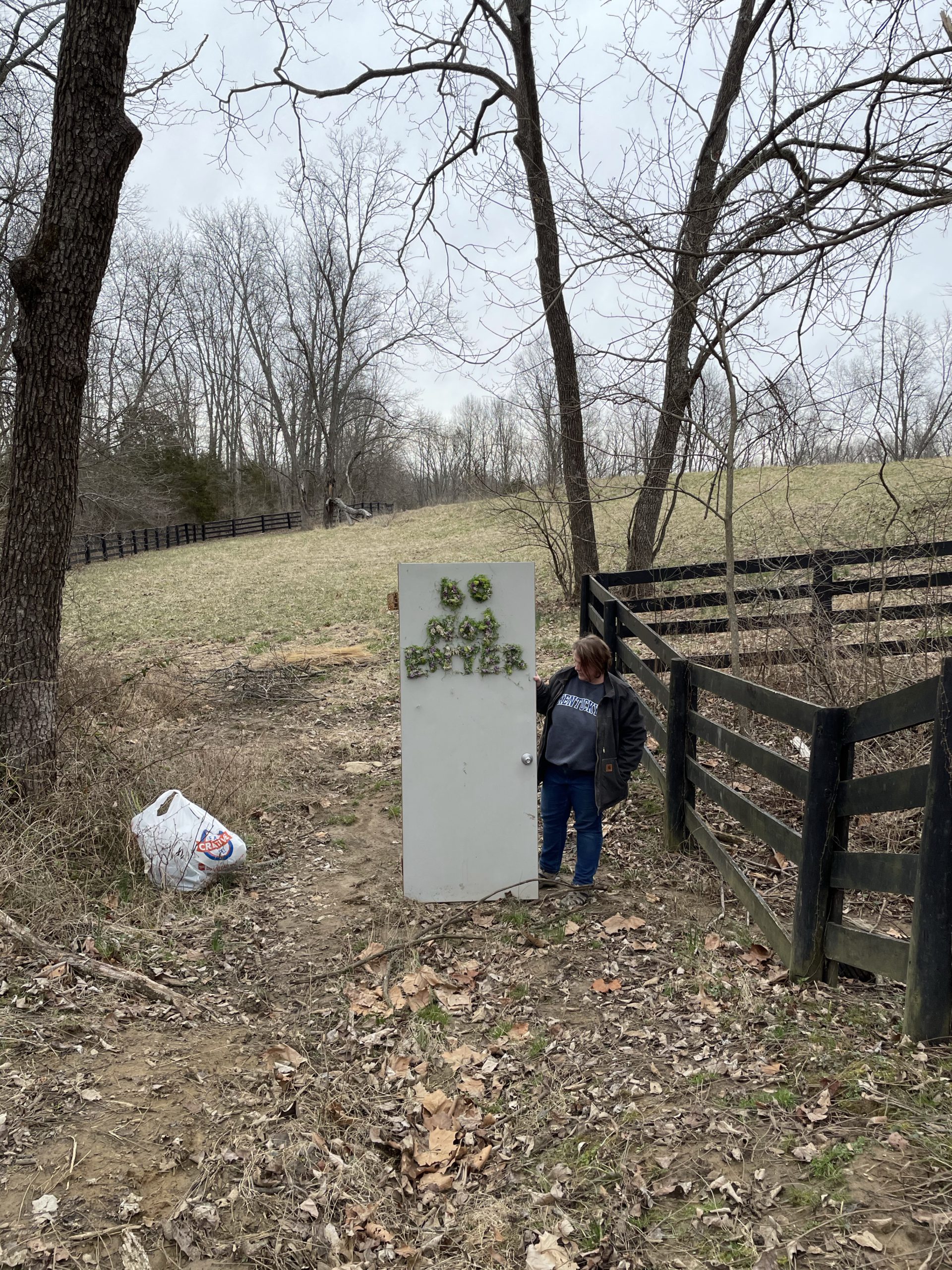
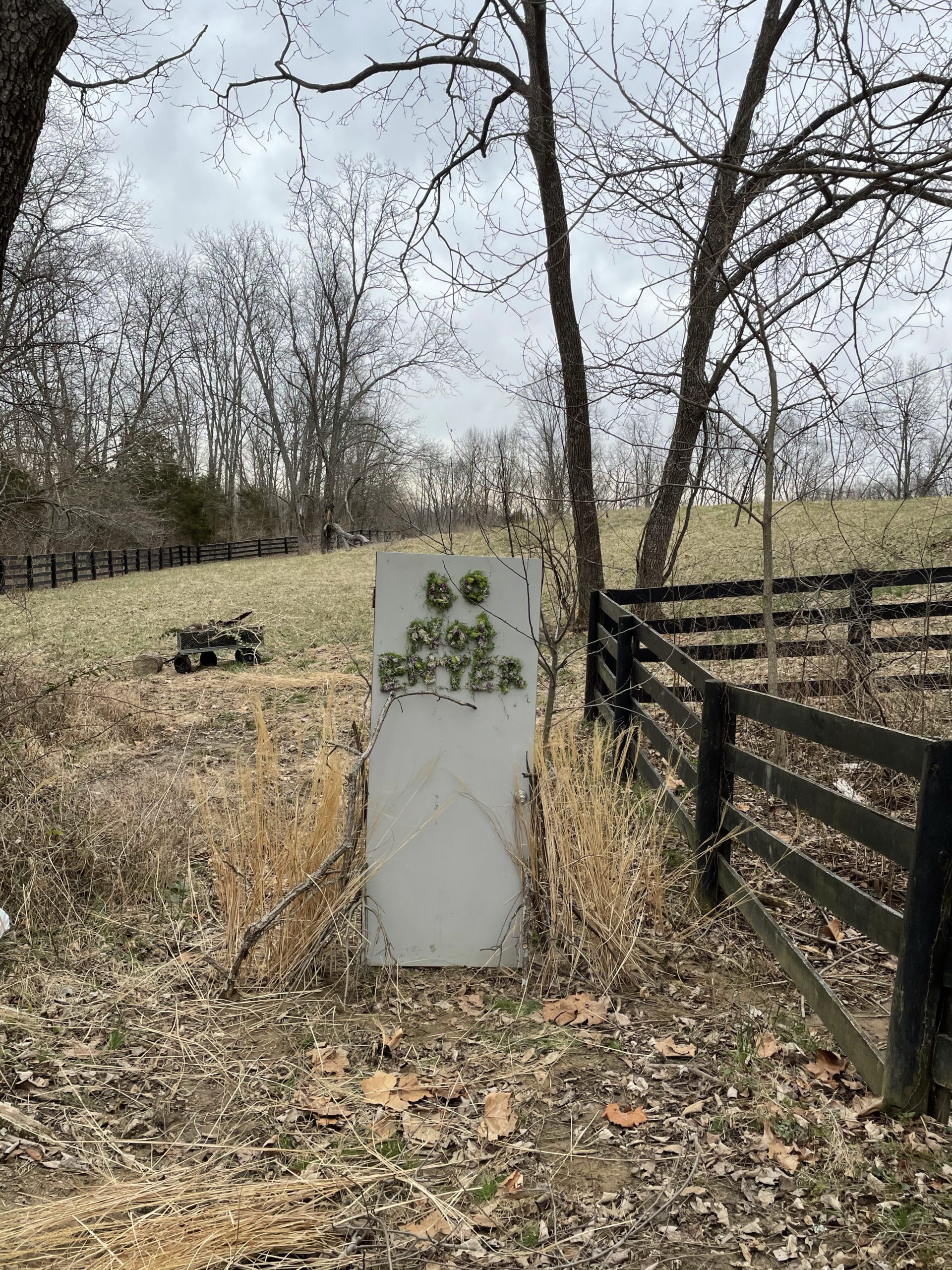
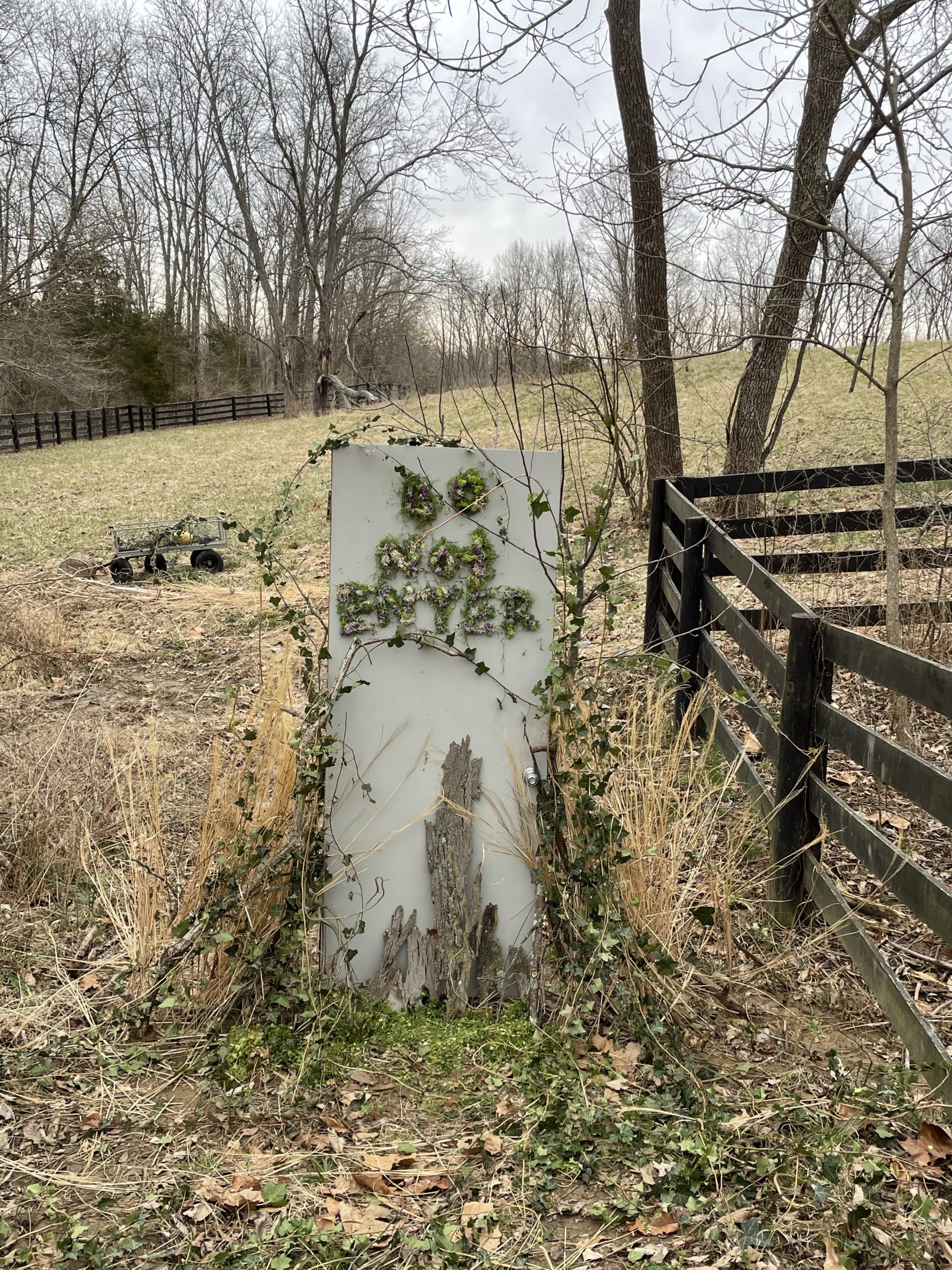
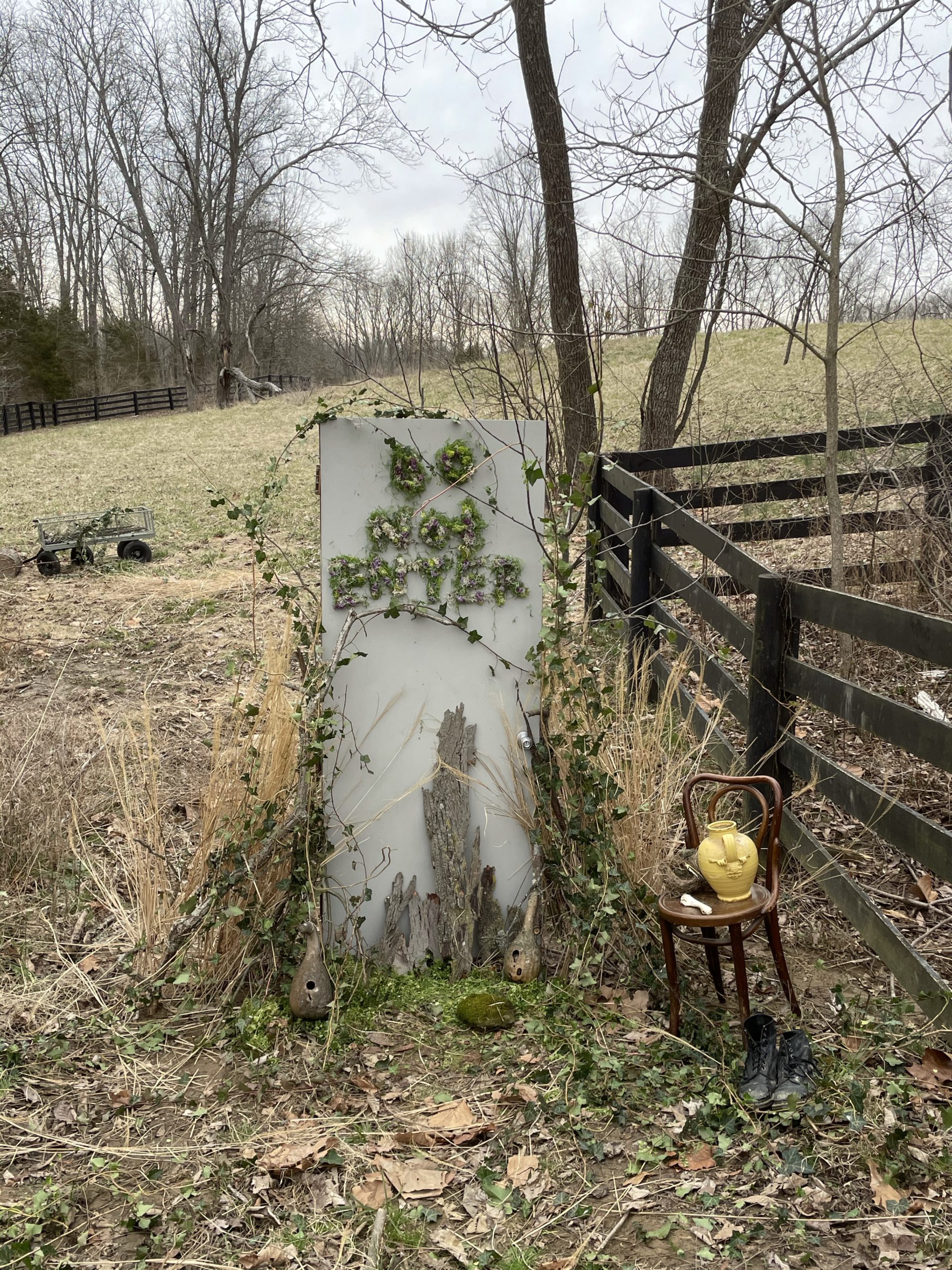
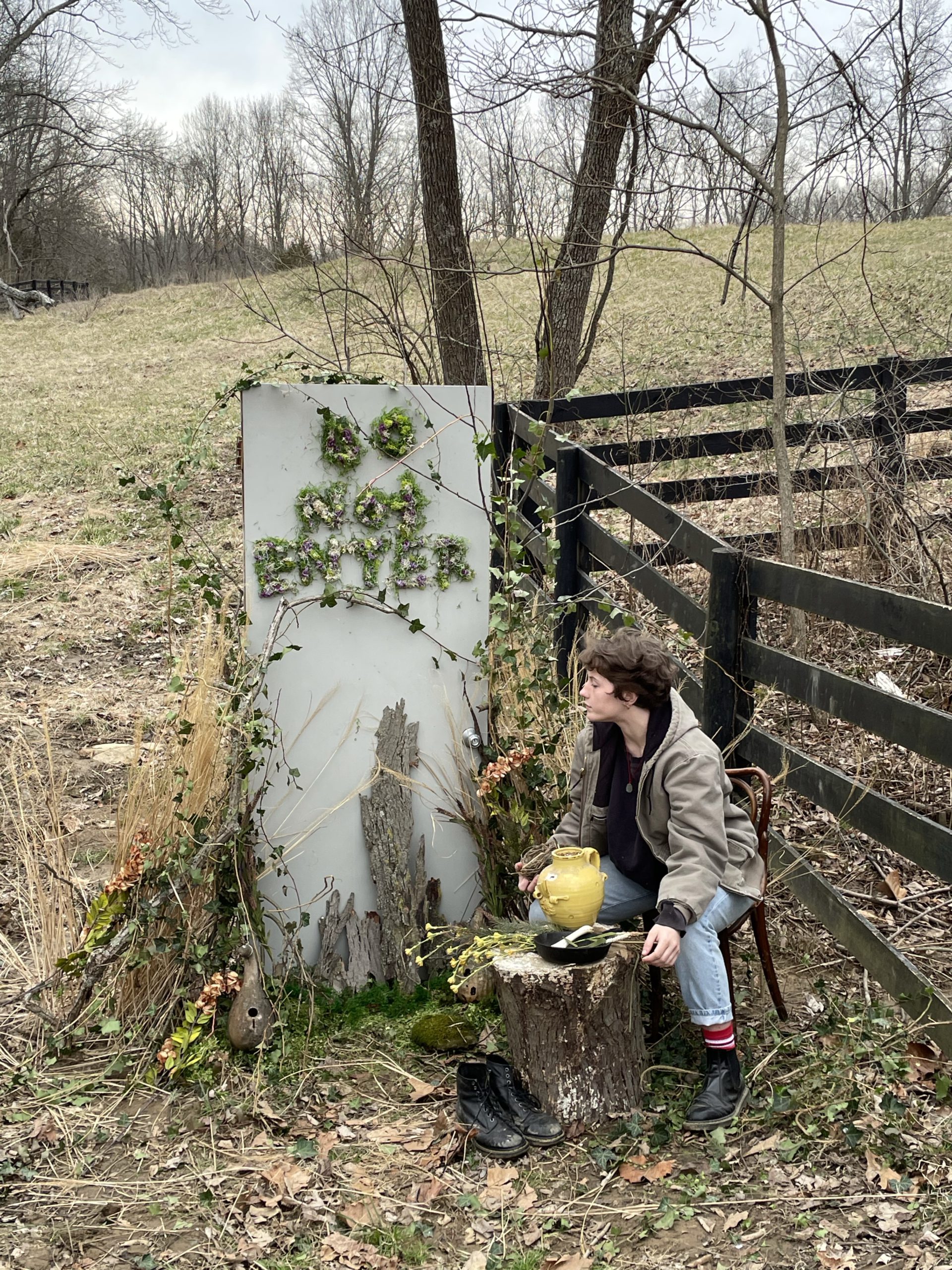
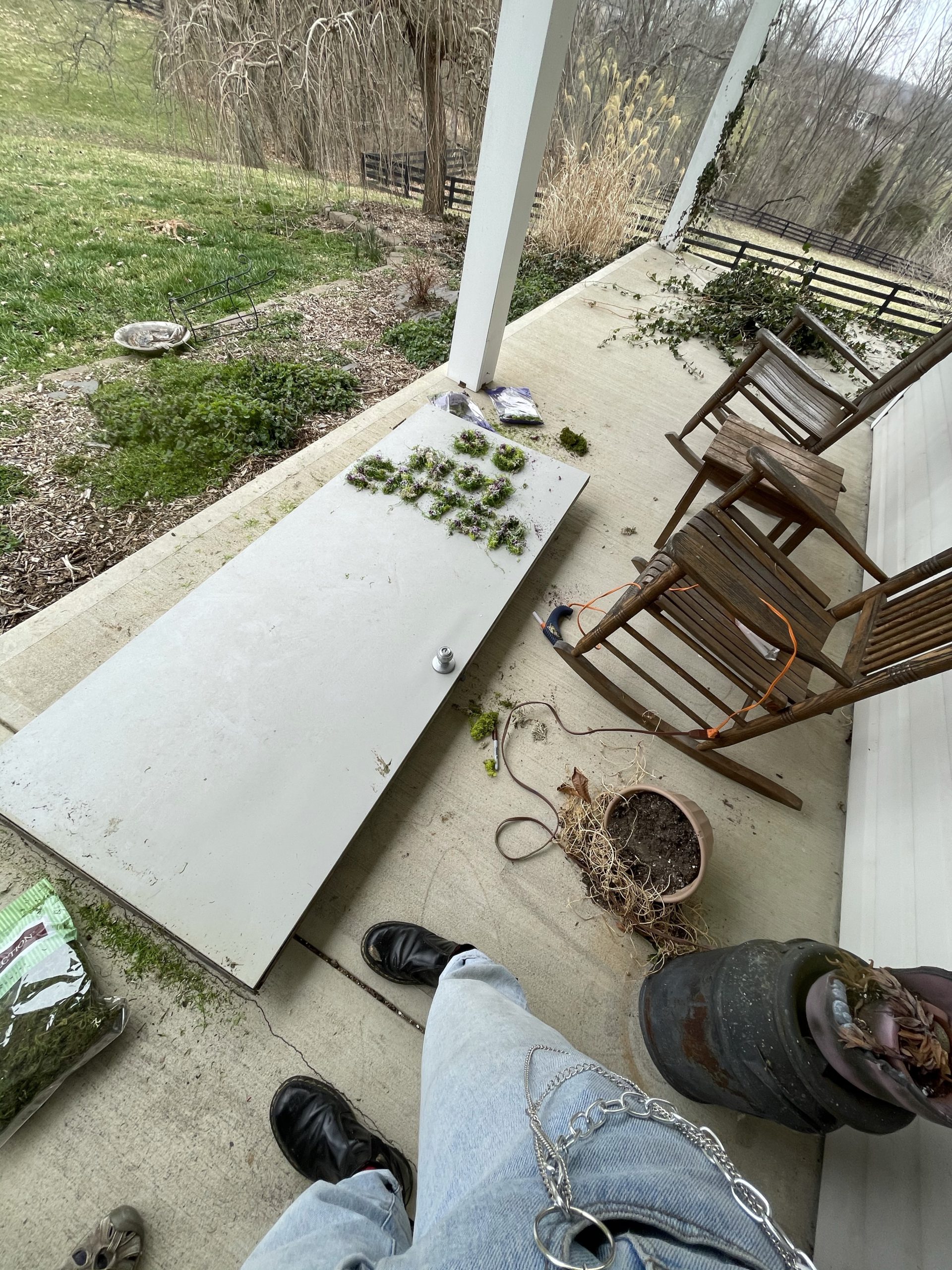
The Language of Memory.
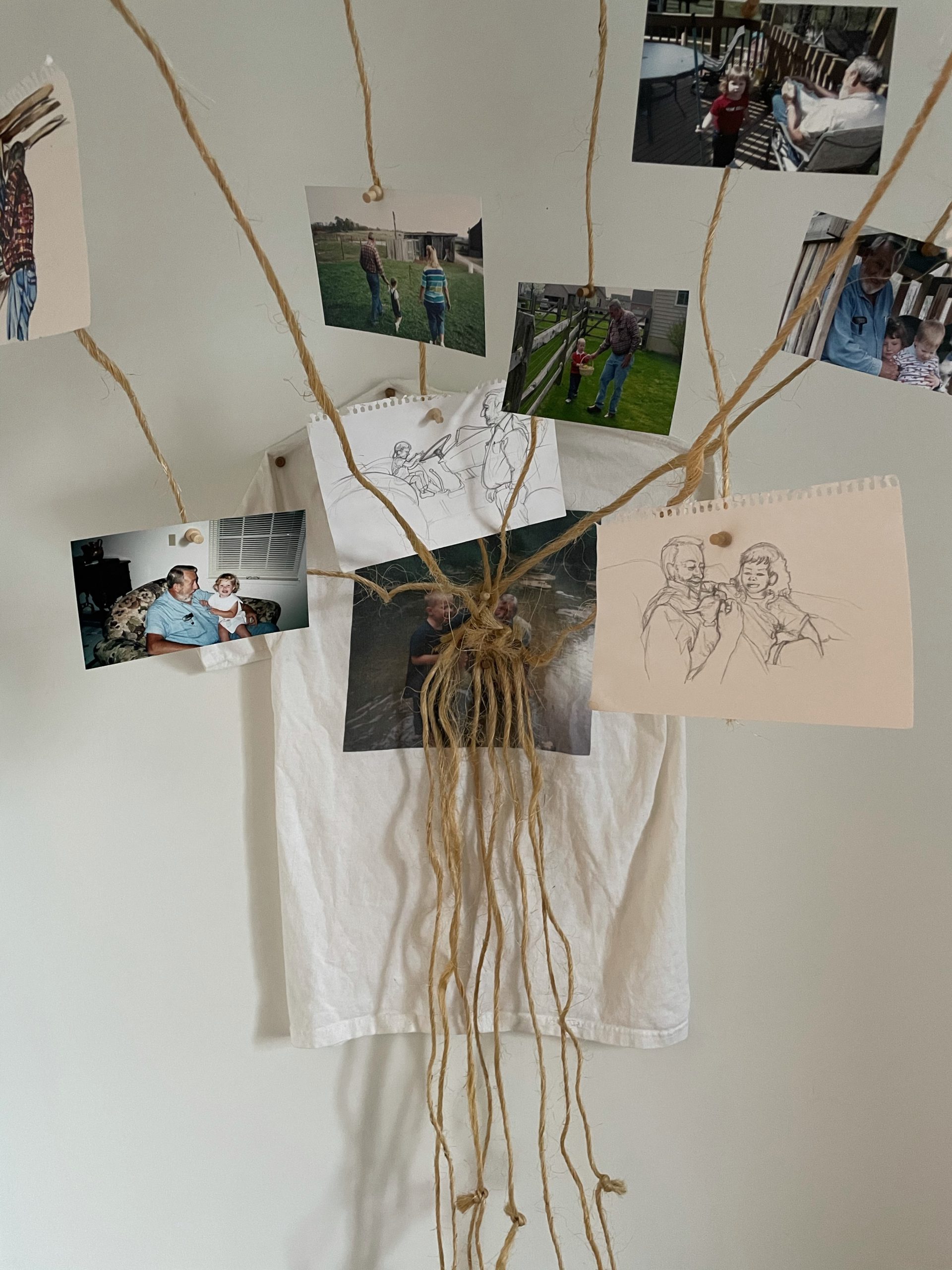
2021.
For this piece, I decided to focus on the language of memory. More specifically, I wanted to delve into the idea of how this language can fade, either naturally as one gets older and memories start to become less and less tangible in the mind, or through unnatural causes such as Alzheimer’s or Dementia. This concept was primarily inspired by my grandfather on my mother’s side, and the relationship he and I share. Him and I have always been inexplicably close, since the day I was young, and I certainly have a plethora of memories with him as a result of that bond we share. The concept of memory also comes into play a lot within our relationship as well, since one of our favorite things to do together is to talk about his past and all of the wild stories he has from growing up as a poor farmer in Ohio. Not only this, but a greater cultural “memory” is also carried through our shared interest in collecting indigenous artifacts, retelling the stories of those indigenous cultures, and carrying on their memory through our collection, since my grandfather is partly of indigenous heritage. All in all, a lot of our relationship as I have gotten older is based on this concept of memory and nostalgia. As he and I have gotten older though, both of our memories have started to fade. I have a great fear in losing all of my memories of him, and certainly vice versa as well. Therefore, I wanted this piece to be a testament to that language of memory and the hope that while some memories may fade or distort, the heart of the relationship between my grandfather and I will always persist; basically, even if the language of memory fades, there will still be the heart, the feeling, of what exists between him and I.
